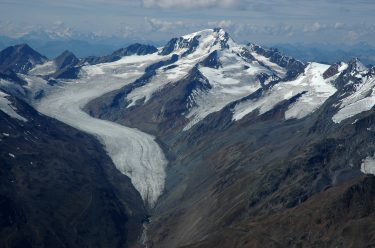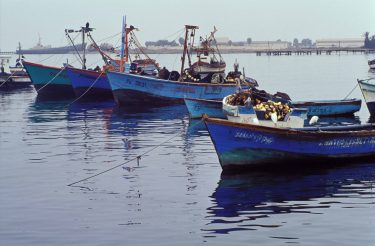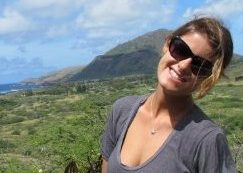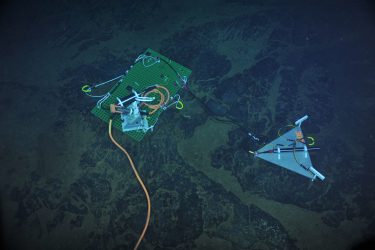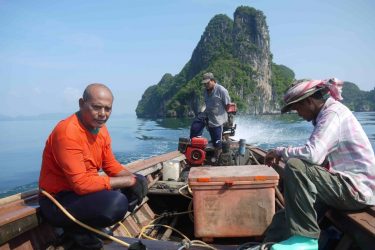 Increasing the science communication skills of faculty, staff and students is a priority at the College of the Environment — that is, equipping our scientists to talk about their work with a variety of non-academic audiences.
Increasing the science communication skills of faculty, staff and students is a priority at the College of the Environment — that is, equipping our scientists to talk about their work with a variety of non-academic audiences.
In recent years, we’ve worked to build out our science communication capacity by giving faculty and researchers more opportunities to hone their skills through one-on-one coaching, interview preparation, half-day workshops and more.
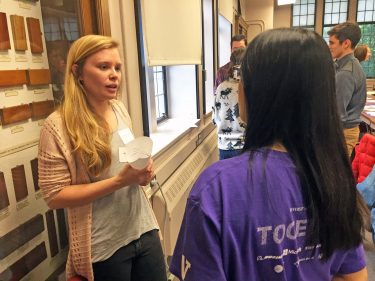 In 2014, the College kicked-off its all-day, intensive communications training session for faculty members who want to dive deep into scicomm. Building on those successes, 2016 marked the launch of UW Environment’s first-ever half-day science communication workshop for grad students, which was held a few weeks ago.
In 2014, the College kicked-off its all-day, intensive communications training session for faculty members who want to dive deep into scicomm. Building on those successes, 2016 marked the launch of UW Environment’s first-ever half-day science communication workshop for grad students, which was held a few weeks ago.
Here’s a quick look at what we gleaned from the graduate student science communication workshop:
Main takeaways
John Meyer, associate director of science communication at the College, leads all of our science communications workshops — including this one. Here’s what he had to say, in terms of major takeaways and impressions, afterward the workshop:
- Know that there is a spectrum of ways you can share your work to have impact. It’s not just talking to a packed house at Town Hall, it can also be talking to your neighbor about why your work matters.
- Think about your audience, your key message, and most importantly, why should they care?
- Practice, practice, practice!
Topics of discussion
Much of the session was fueled by open discussion among participating students. Here are some of the thoughts they shared throughout the day:
- If you do the research and leave it on the desk, it doesn’t make our lives better.
- If the public is paying for your work, then we — scientists — have a responsibility to report out and explain what was learned with those tax dollars.
- People don’t see what we see. And, increasingly, we have to show them.
- Things are rarely black and white. They change, they shift as conditions shift. As scientists, we understand that. But we live in a culture that doesn’t operate comfortably in that grey area. We can help people navigate that.
- The goal of science is about discovery, but also the development of critical thinking. It’s more than the dissemination of straight fact.
- Scientists are becoming better and better at interpersonal communications.
- The idea that scientists are poor communicators is a narrative we’re telling ourselves so much that I think we’re starting to believe it.
- Speaking about your work without scientific jargon is much harder than it seems.
- Policy makers, journalists, scientists… they all want to get it right. Relationships help with that.
Working with the media
Here’s some of what we learned through a panel discussion with Kate Schimel, digital editor of High Country News, and Michelle Ma, science writer for University of Washington News and Information:
- Know the outlet. Do they run stories about the simple joys of discovery, or do they tend to focus on the economic implications of scientific research?
- First and foremost, tell the writer what’s at stake and how (or if) it has the potential to impact their readers.
- Don’t be upset if a journalist does not pick up your story. They have to be advocates for the reader, and think about how your work will resonate through their eyes.
- Work on your message. When speaking with the media, break your science down into terms and concepts an elementary school student would understand.
- You do not need all of the answers in order to discuss your work. Uncertainty is the story sometimes. That there is some uncertainty can often be noted alongside your key findings.
Additional reading
For science communication questions, help narrowing down your message or defining your audience and/or to receive our soon-to-launch UW Environment Science Communication e-newsletter, reach out to John Meyer at jjmeyer@uw.edu or 206-685-8213.
Read More
